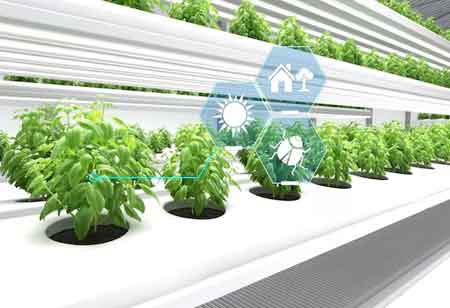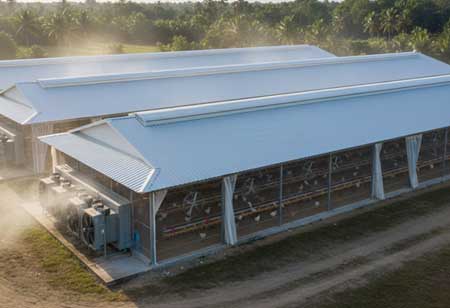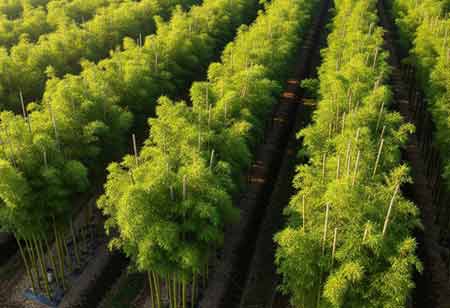Thank you for Subscribing to Agri Business Review Weekly Brief
Precision Farming: A Transformative Approach for Australian Farmers
Precision agriculture has been making significant strides in revolutionising agriculture practices worldwide.

By
Agri Business Review | Friday, September 08, 2023
Stay ahead of the industry with exclusive feature stories on the top companies, expert insights and the latest news delivered straight to your inbox. Subscribe today.
Precision agriculture is revolutionising farming practices in Australia, where the sector plays a crucial role in the economy. Emerging trends are reshaping land cultivation and resource management.
FREMONT, CA: Precision agriculture has been making significant strides in revolutionising agriculture practices worldwide. In Australia, where the agriculture sector plays a crucial role in the nation's economy, the adoption of precision agriculture techniques is gaining momentum. As the agricultural landscape continues to evolve, several key trends are emerging, promising to reshape how Australian farmers cultivate their land and manage resources.
Data-Driven Decision-Making
Data is the cornerstone of precision agriculture. In the coming years, Australian farmers can expect a surge in data collection and analysis. Advanced sensors, drones, and satellite technology will give farmers real-time information about soil health, weather patterns, crop conditions, and more. Integrating artificial intelligence (AI) and machine learning will enable farmers to make data-driven planting, irrigation, and pest management decisions. This data-driven approach will enhance resource efficiency, maximise yields, and reduce waste.
Autonomous Farming Equipment
Automation is set to become increasingly prevalent in Australian agriculture. Autonomous tractors, harvesters, and drones equipped with AI will perform tasks such as planting, weeding, and harvesting with precision and efficiency. This reduces the need for manual labour and ensures 24/7 monitoring and operation, leading to higher productivity and lower operational costs for farmers.
Precision Irrigation and Water Management
Water management is critical for sustainable agriculture in a country known for its arid climate. Driven by sensors and data analytics, precision irrigation systems will enable farmers to optimise water usage. These systems will ensure that water is distributed precisely where and when needed, conserving resources and mitigating the impact of droughts.
Crop Health Monitoring
Monitoring the health of crops has always been challenging. Remote sensing technologies, including multispectral and hyperspectral imaging, enable farmers to assess crop health from above. These technologies can detect signs of stress, disease, or nutrient deficiencies, allowing farmers to take timely corrective measures. This reduces the need for extensive manual scouting and contributes to higher yields and better-quality produce.
Digital Farm Management Platforms
Digital farm management platforms are emerging as central data integration and decision-making hubs. These platforms consolidate data from various sources, such as weather forecasts, soil sensors, and machinery performance, providing farmers with a holistic view of their operations. Farmers can plan, analyse, and optimise their farming activities from a single interface, enhancing efficiency and profitability.
Sustainability and Environmental Stewardship
Sustainability is a growing concern in modern agriculture. Precision agriculture can help Australian farmers reduce their environmental footprint. By minimising the overuse of fertilisers and pesticides and optimising resource allocation, precision agriculture practices contribute to reduced runoff and soil erosion. Sustainable farming meets consumer demands for environmentally friendly products and secures the future of agriculture in the face of climate change.
Collaborative Farming Networks
Collaboration is key to maximising the benefits of precision agriculture. Australian farmers increasingly form networks and partnerships to share knowledge, data, and resources. These collaborations enable small-scale farmers to access the latest technologies and expertise, promoting the widespread adoption of precision agriculture practices nationwide.
The future of precision agriculture in Australia is bright and promising. As technology advances, Australian farmers can transform their operations into highly efficient, data-driven, and sustainable enterprises. Embracing these future trends in precision agriculture will benefit individual farmers and contribute to the overall prosperity and resilience of the Australian agriculture sector in the face of evolving challenges.





